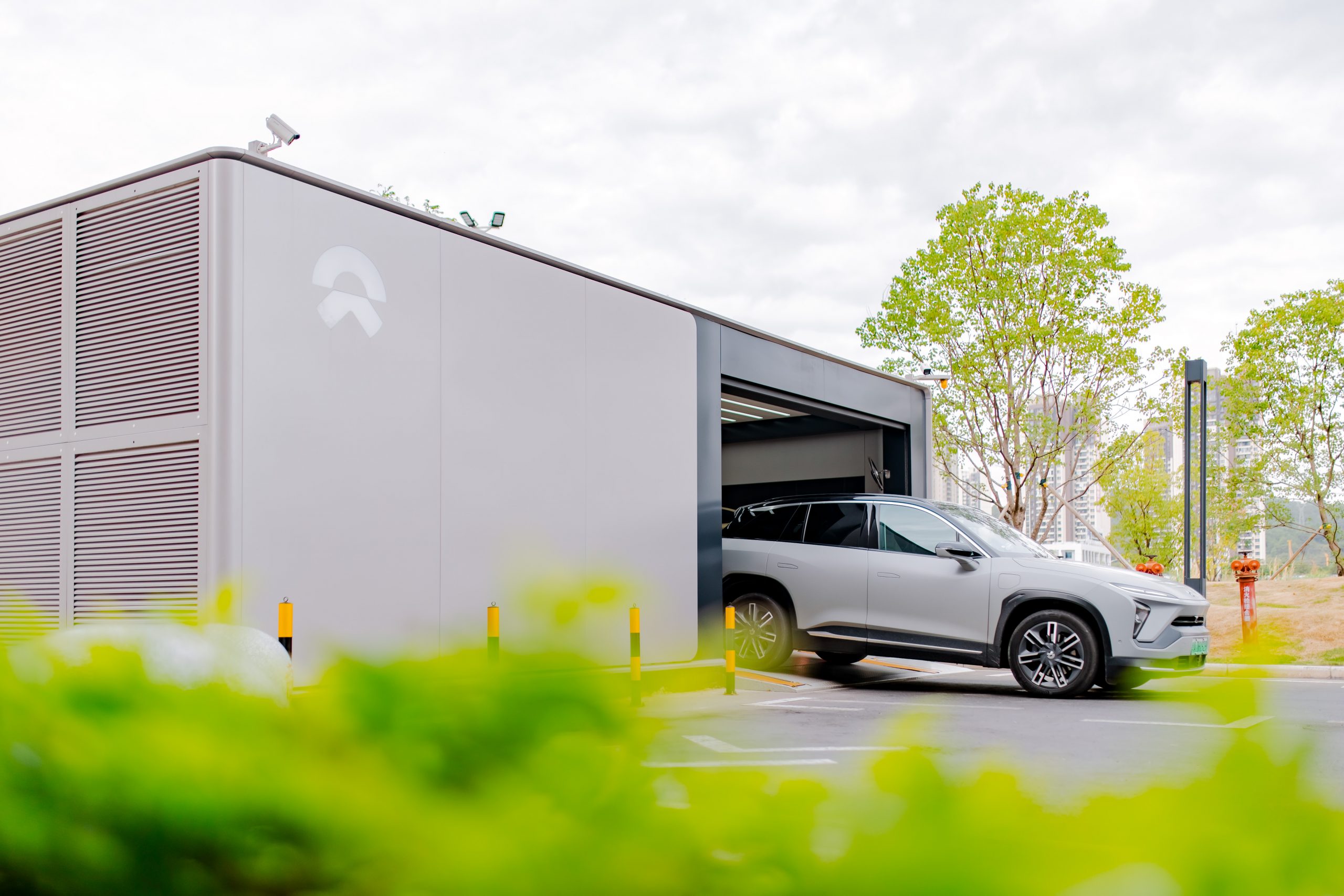With the continuous layout and construction of NIO power swapping stations, now the conditions for energy supplementation are much better than a few years ago. This time, we travelled from Guangzhou to Xinyu, a total of 660 kilometers, with full swapping at four swapping stations along the way in Guangzhou, Shaoguan, Ganzhou, and Jian. All of the four swapping stations are second-generation stations, which are very fast and convenient. With enough swapping stations, driving at a speed of 130 km/h with high energy consumption is no problem as long as there are swapping stations available after around 200 kilometers, allowing us to drive as we wish.
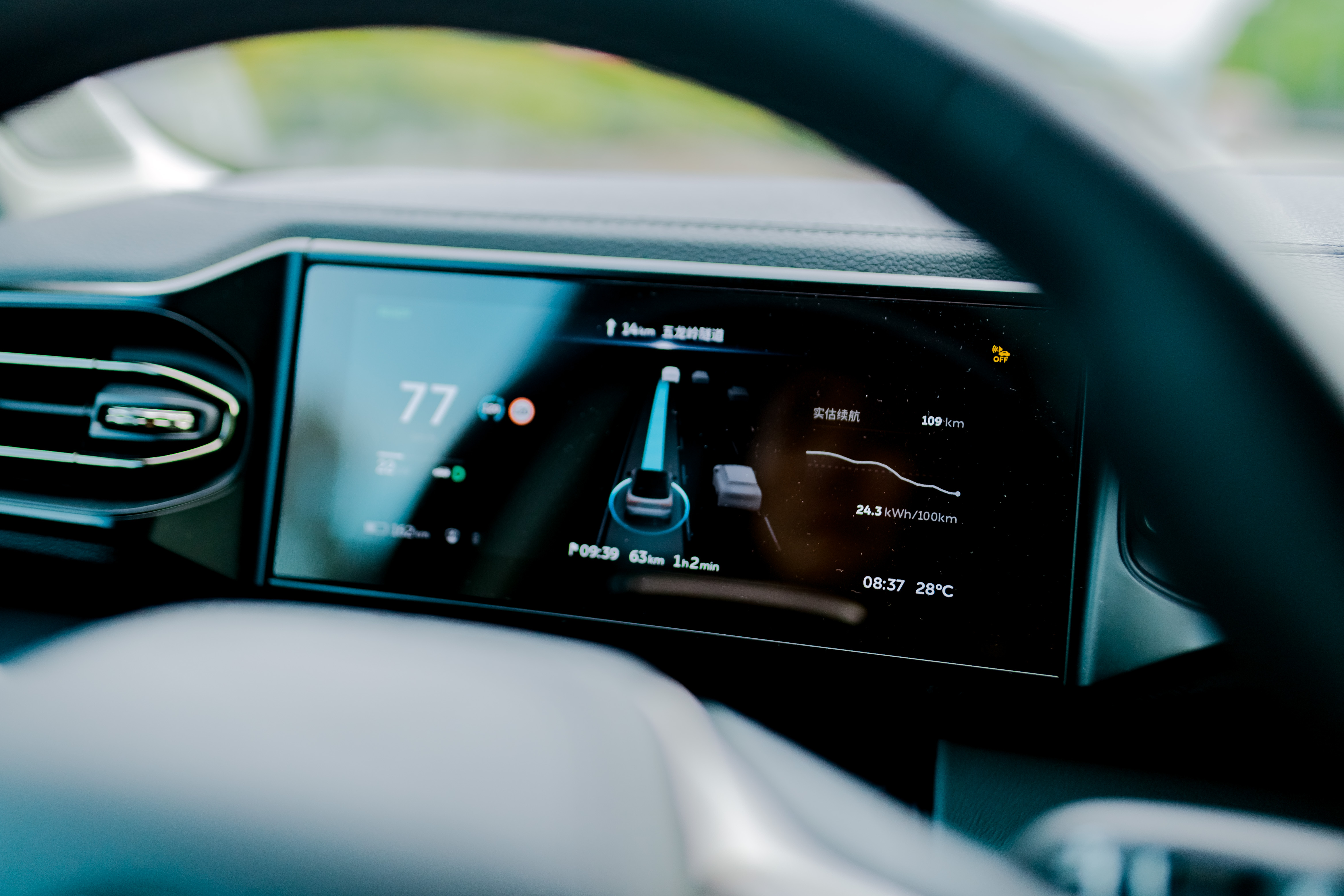
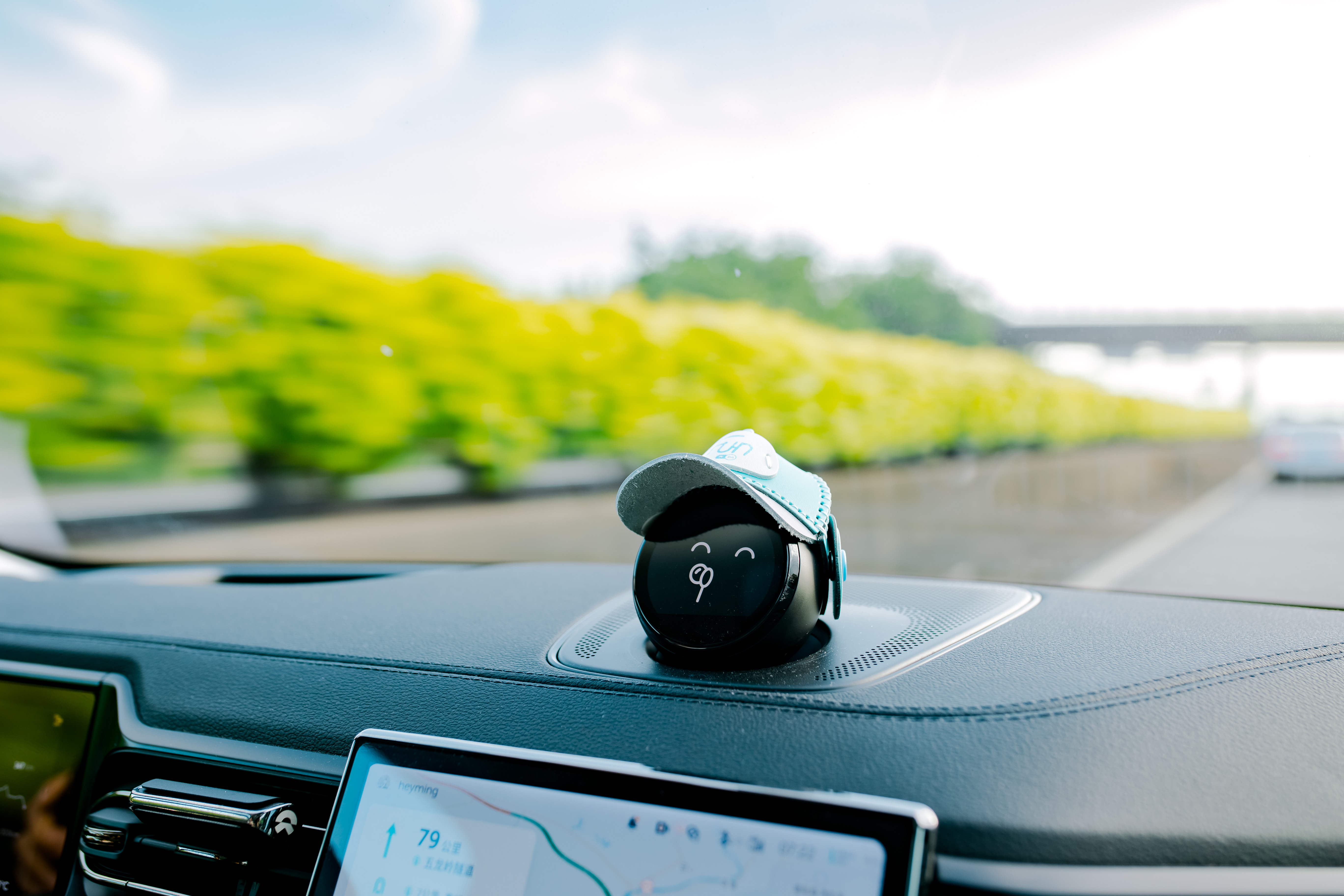
We drove an ES6 with a 70-degree battery from Guangzhou Panyu. First, we went to the Fuzhou swapping station near our home to swap for a full battery, and had a McDonald’s meal at the swapping station entrance.

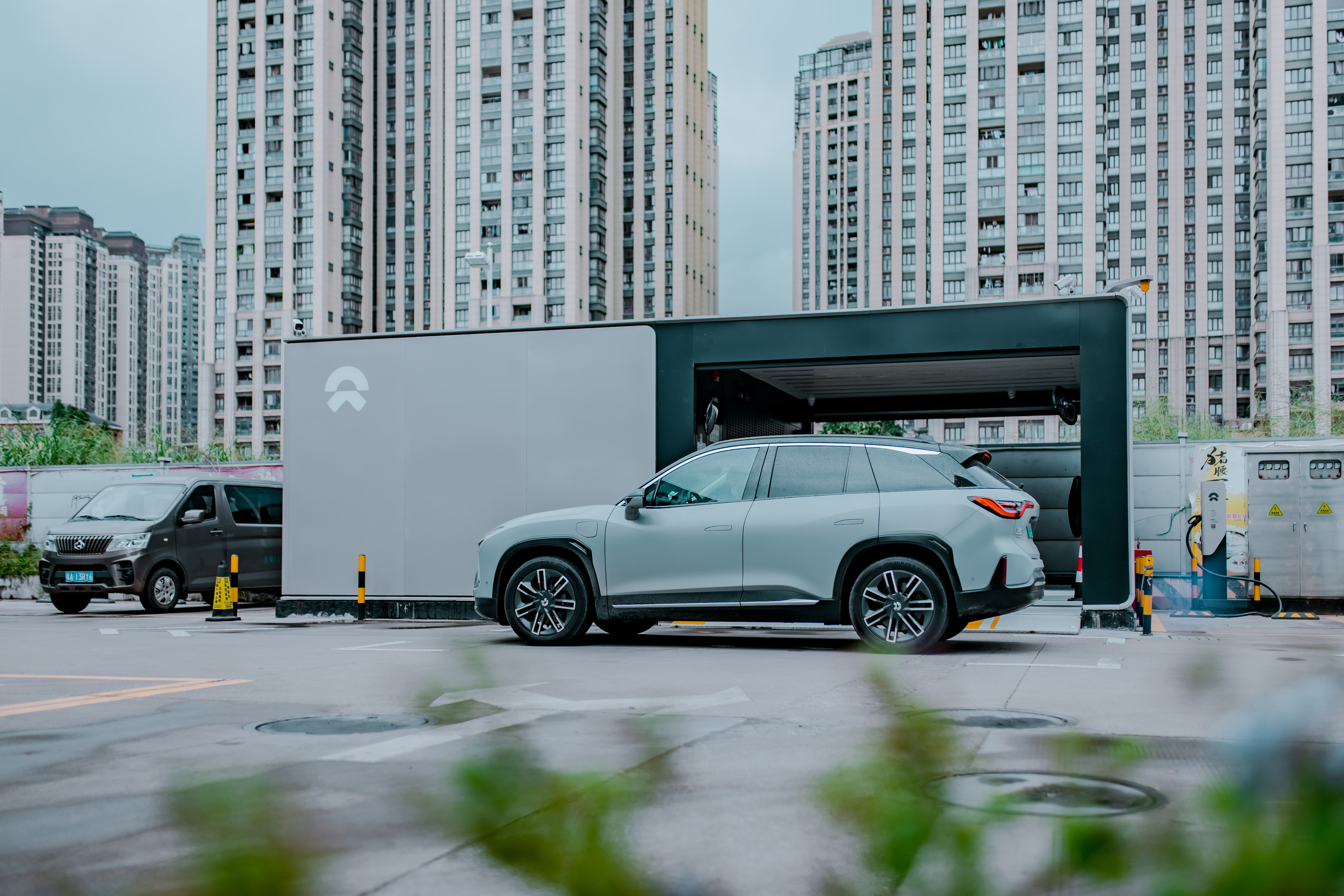
The second swapping station of the journey: the Baoli Square swapping station in Shaoguan, which is about 200 kilometers away from the first station. It is also a second-generation station, not far from the highway exit, so you can have a meal and use the restroom while swapping the battery.
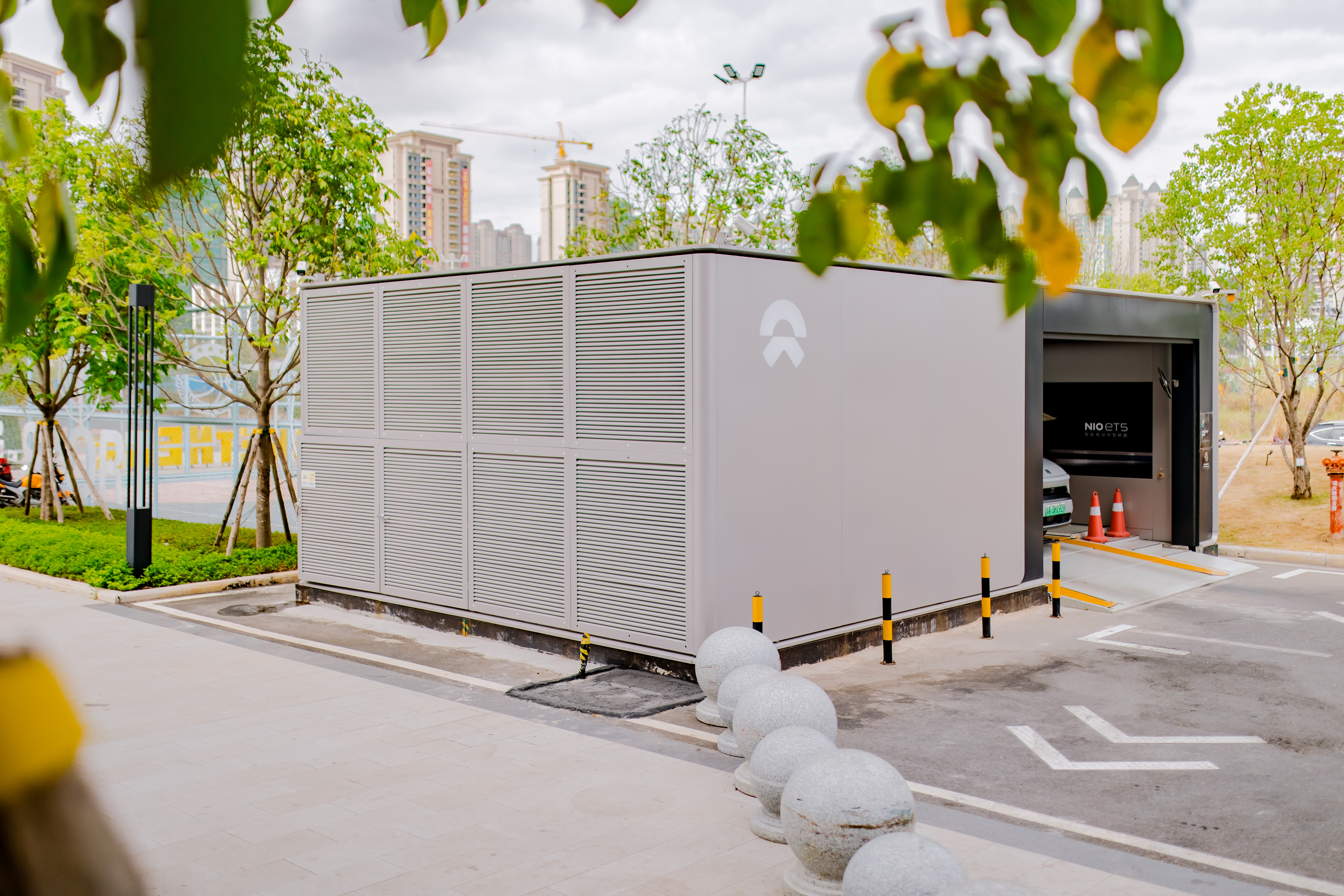
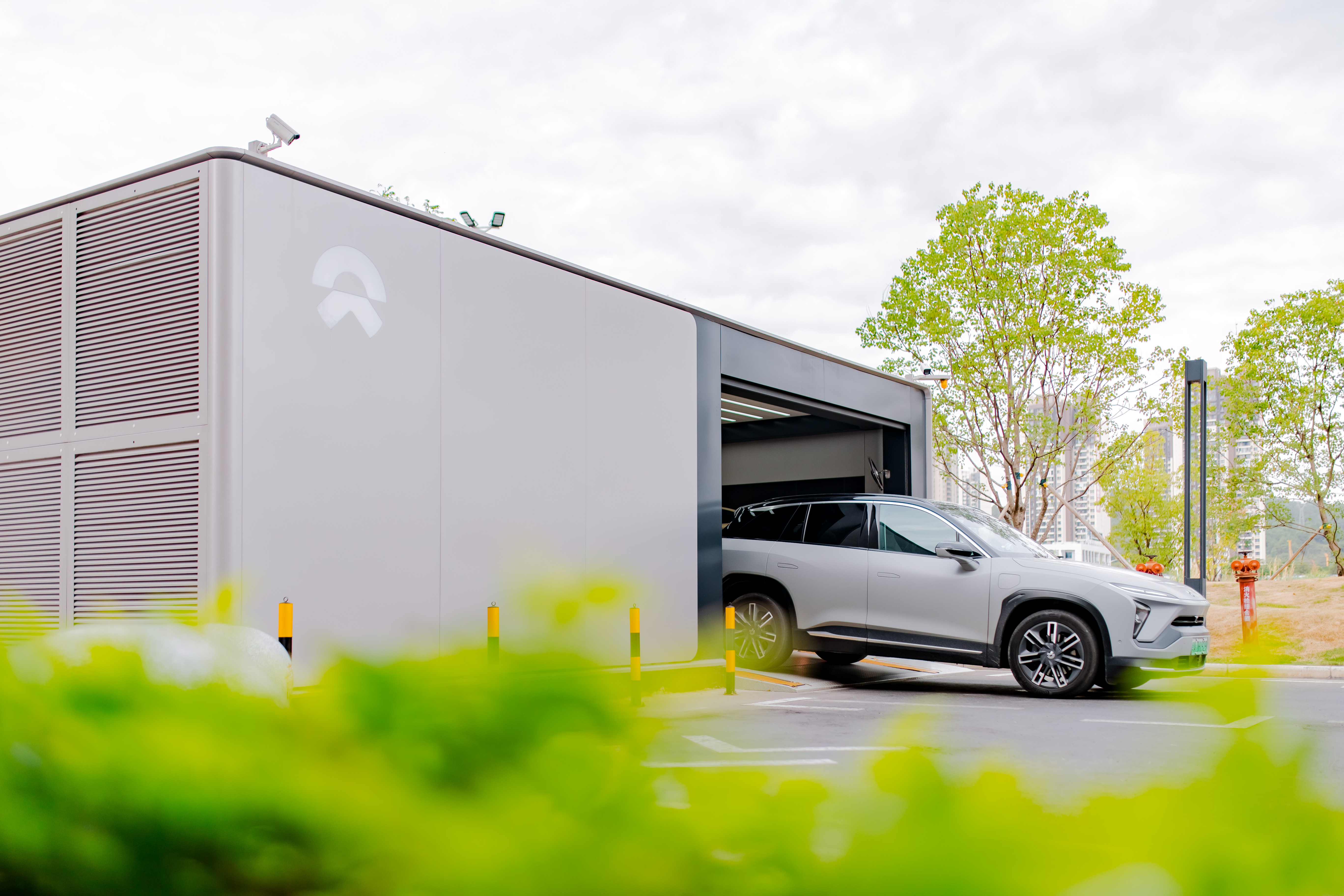
The third swapping station of the journey: The Ganzhou swapping station in Jiangxi is about 200 kilometers away from the previous one, located in the Shanshan Outlets. This swapping station is also not far from the highway exit, which is very convenient.

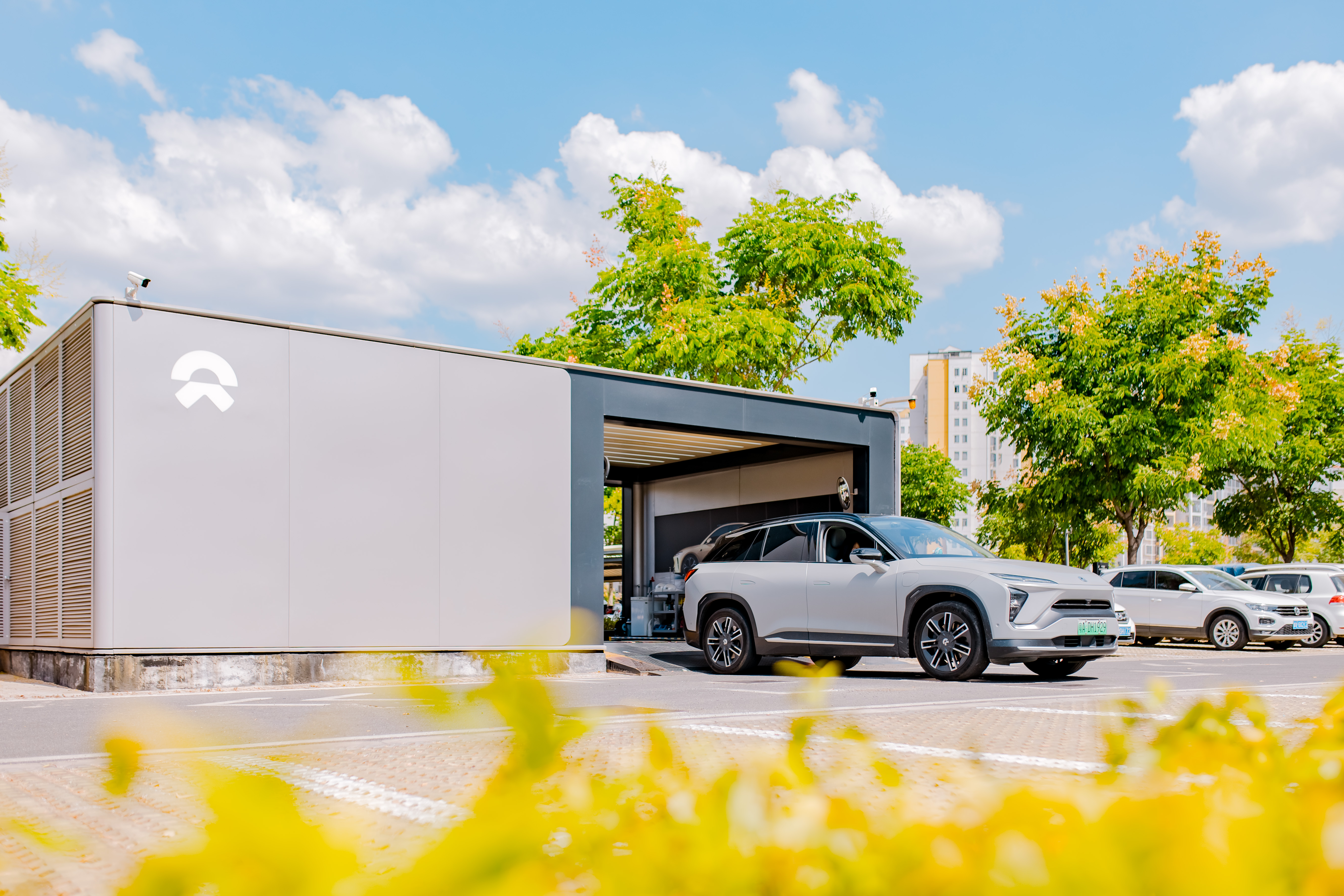
The fourth swapping station of the journey: The Jian swapping station is about 200 kilometers away from the previous one, and is also located in a shopping mall not far from the highway exit. Both are very convenient.
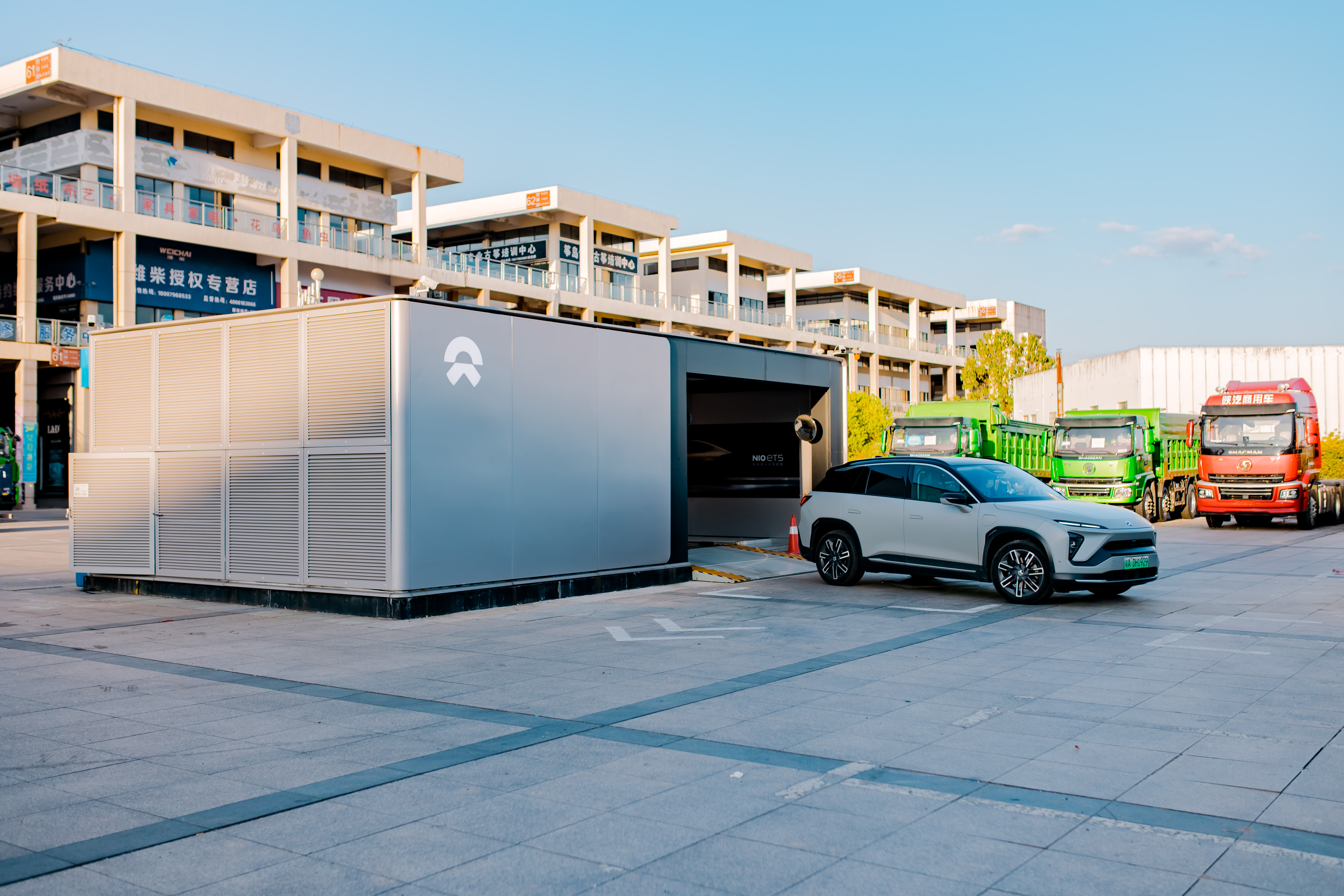
Sometimes when we exchange batteries, our companions on the car are sleeping. With second-generation battery exchange stations, we don’t need to get off the car, and our sleeping companions won’t be disturbed. Therefore, when traveling long distances, we usually choose routes with second-generation stations and try to avoid the G4 Beijing-Hong Kong-Macau Expressway because it only has first-generation stations along the entire route.
With NIO’s continuous planning and construction of battery exchange stations, it will make us who often run on highways more worry-free. Running on long-distance highways is definitely more convenient and comfortable than oil-powered cars, and the most important thing is that it’s free.
This article is a translation by ChatGPT of a Chinese report from 42HOW. If you have any questions about it, please email bd@42how.com.
